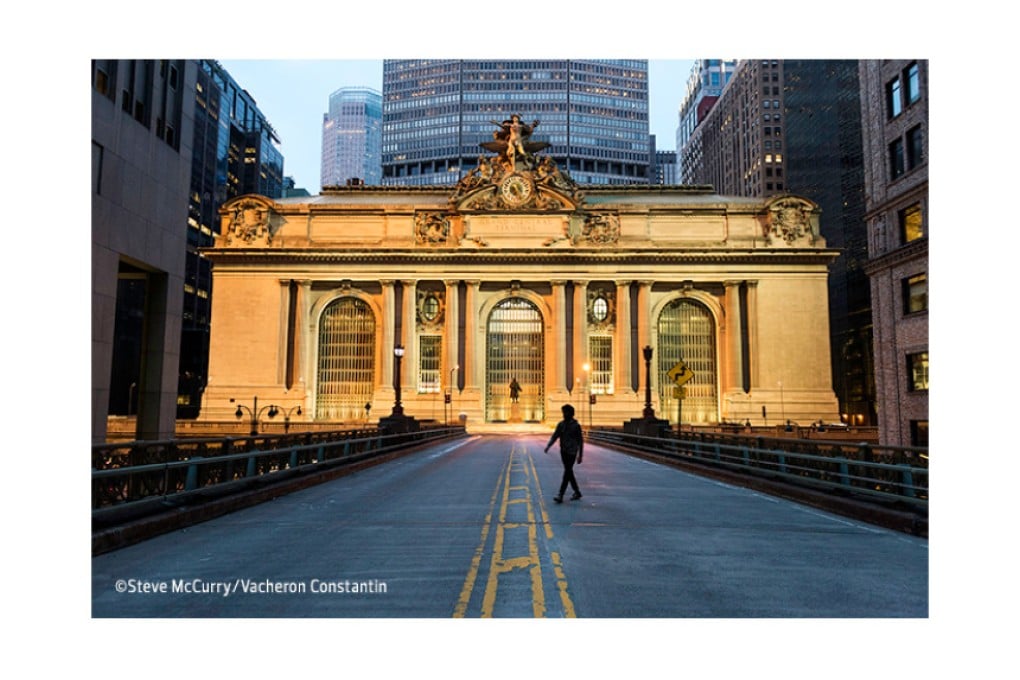Look beyond New York’s landmarks for fabulous culture, shopping and food
The Big Apple has quirky museums, tasty cuisine and world-class shopping beyond its familiar landmarks

Even if you’ve never been to New York, it’s been up there on the silver screen so often that it’s seeped into our consciousness. Whether it was King Kong ascending the Empire State Building in the eponymous film (1933); Charlie Sheen’s character trying to take down Michael Douglas in Central Park, in one of the final scenes of Wall Street (1987); or Charlton Heston’s heart-wrenching discovery of the Statue of Liberty in the original Planet of the Apes (1968). However, truth be known, the movies are just fantasy. But not to worry, because it’s easy to get an authentic slice of the Big Apple, especially if you eschew this East Coast city’s too familiar landmarks and visit some of the lesser-known attractions.
In New York State, its population of 8.5 million lies on the banks of the Hudson River, and is divided into five distinct, atmospheric boroughs: Brooklyn, Queens, Staten Island, The Bronx, and Manhattan. The skyscrapers, monuments and parks of Manhattan might seem overwhelming at first, but the borough has plenty of attractions. There is a showcase dedicated to the world’s greatest escapologist, Harry Houdini (born Erik Weisz). The titular institution, which is on the third floor of the Fantasma Magic store, contains various exhibits that this contortionist was trapped in on purpose – handcuffs, a straightjacket and a coffin, and more – so that he could thrill and entertain everybody as he got free.

New York really owes its existence to European expansion. In the early 1600s, the Dutch settled the whole region and set up a colonial trading post, which they named "New Amsterdam". When the English seized it in 1664, they changed the name to New York. Such history is highlighted in a tour at the Van Cortlandt House Museum. This is worth considering as it offers a glimpse of what day-to-day life was like for three generations of an extremely affluent plantation-owning family under British rule. First built in 1748, the elegant Georgian manor is the oldest-surviving building in the Bronx. Alternatively, if you are interested in learning about ordinary New Yorkers' living conditions, have a stroll around the Lower East Side Tenement Museum. A National Historic Site on Manhattan's Orchard Street, this five-storey brick apartment block housed over 7, 000 immigrants between 1863 and 1935.

The magnificent Grand Central Terminal in Midtown Manhattan is also known as Grand Central Station. This structure is especially historic as it has welcomed hundreds of thousands of settlers to America. Completed in 1913 and expressing a Beaux-Arts architectural style, this commuter, rapid-transit railway has 44 tracks in 48 acres, making it the largest station in the world. The interior of this National Historic Landmark-behemoth epitomises elegance: the main concourse features Italian marble ticket counters, and staircases modelled after those of the Paris Opera House. It also has a vaulted ceiling with an amazing cerulean blue astronomical mural. Its visitors can shop in over 65 outlets. Meanwhile, bon vivants won’t be disappointed when they tuck into delights from chocolates, or sample the fare at the Oyster Bar and Restaurant, which is over a century old. If you do stay in this remarkable metropolis, it’s hard to disagree with the writer Tom Wolfe: “One belongs to New York instantly, one belongs to it as much in five minutes as in five years.”
